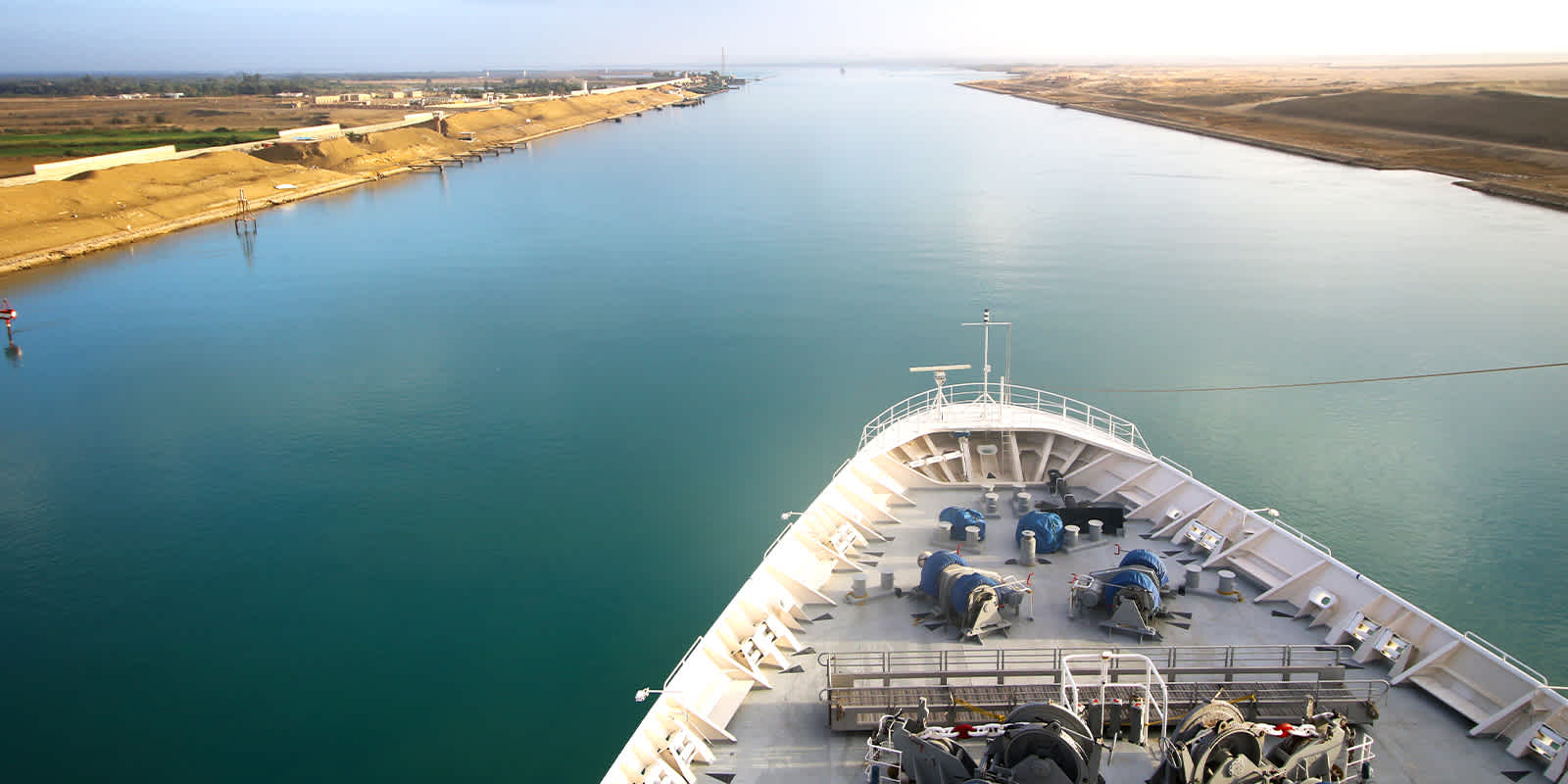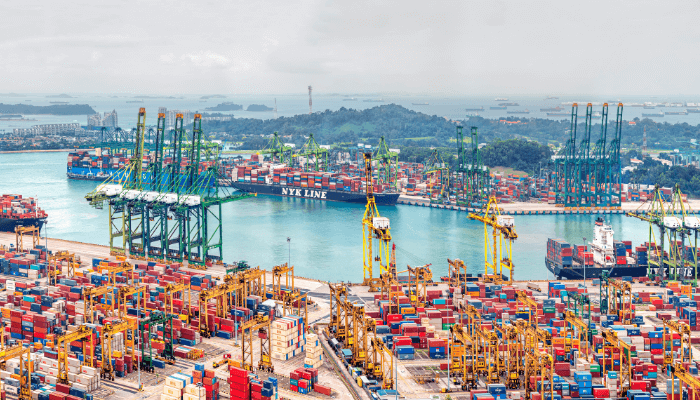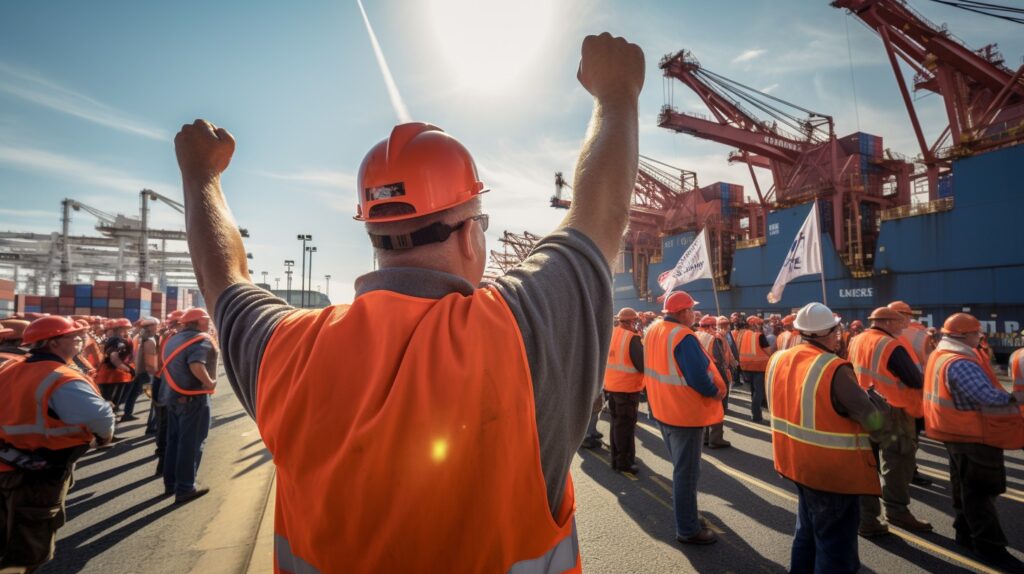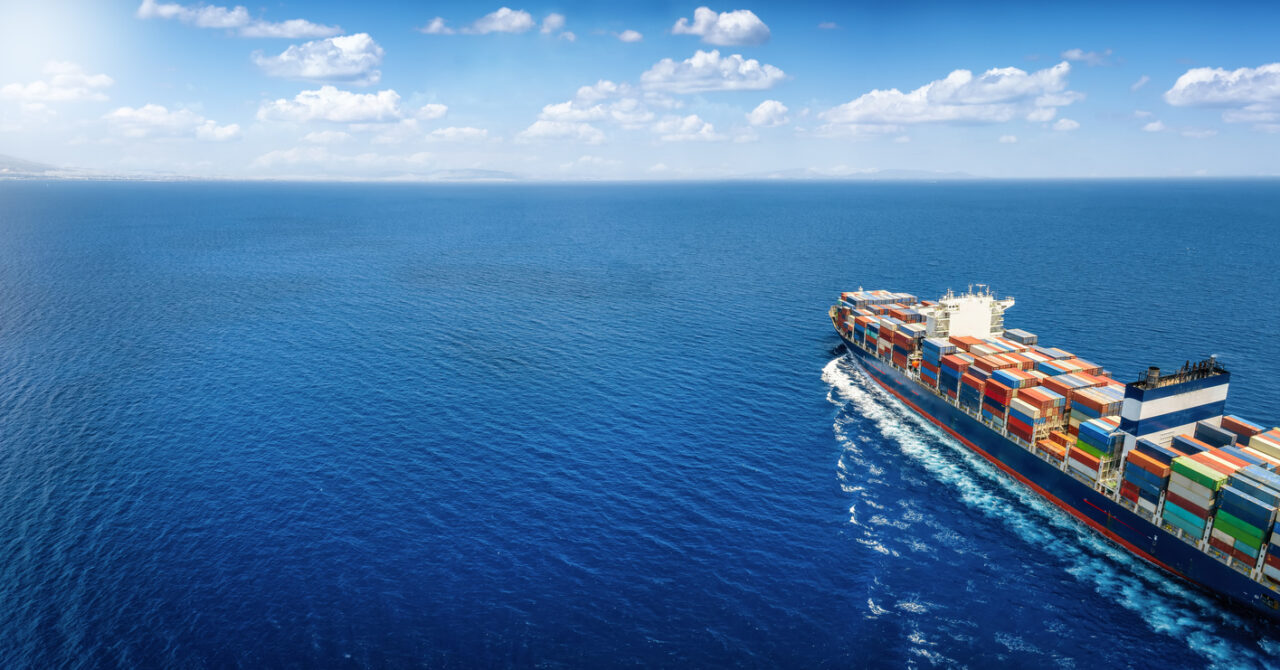Ocean Freight rates are yet again on the rise…
Toward the end of 2023, a golden year after the tumultuous period during the Covid-19 pandemic, Ocean Freight rates began to climb. Now, they’re reaching levels that have importers and exporters alike scrambling for answers.
In this article, we have compiled a list of 4 factors that have combined to create a perfect logistical storm. If we know the facts, we get to work on solutions, so let’s get started…
1# The Red Sea Crisis:
On October 19th, 2023, Iranian-backed Houthi rebels from Yemen launched a missile attack on Israel in direction retaliation to Israel’s invasion of the Gaza Strip. This began the long-standing Red Sea Crisis. The actions of the Houthi rebels have been directly linked to the Israel/Hamas War, as this group targets vessels specifically from nations in support of Israel (Logistics YouTuber). It is, perhaps, the catalyst event that began the climb of Ocean Freight rates.
It is reported that 10%-15% of the world’s trade goes through the Red Sea and Suez Canal (CNN). However, with this new threat, many steamship lines have diverted their vessels around the Cape of Good Hope, South Africa. This significant detour adds an additional 2-3 weeks to an average transit time if a vessel were traveling through the Suez Canal. Additionally, this extended sailing period adds dramatically to the fuel and operating costs of the steamship lines. These factors alone are enough to drive Ocean freight rates up. Additionally, the events in the Middle East have caused a chain reaction in other parts of the world.
#2 Port Singapore Congestion
There is a direct correlation between the Red Sea Crisis and the congestion in the port of Singapore. Already a main hub for Asiatic shipping and transshipments, Singapore has grown increasingly congested as vessels are rerouted from the Red Sea, making this Asian port a bottleneck for global trade (Reuters). According to India Shipping News, May 2024 saw a 66% increase in the number of vessels arriving at the Singapore port than May 2023. Currently, the port handles 2 million TEUs, which accounts for 7% of the global fleet. The wait times for vessels to berth rose to seven days at the peak of congestion in May, six days beyond the usual half-day delays (The Online Citizen). These conditions have driven freight rates to/from China and Southern Asia through the roof.
The Maritime and Port Authority of Singapore (PSA) has implemented many new tools to reduce this shipment overload. Not only have they brought unused berths back into action, but according to PSA president Ong Kim Pong, they are working on a “Node-to-Network” initiative to improve coordination with upstream and downstream ports. While President Pong insisted the delays would continue for a “prolonged period,” he assured the global supply chain of PSA’s efforts to quell this cargo storm. He said, “By leveraging our port facilities, supply chain capabilities and especially our people, we remain steadfast in enhancing collaboration with our customers to address their bespoke needs amidst the ever-changing global landscape” (Ship-Technology). Nevertheless, as the changes take root, port congestion continues to drive ocean freight rates sky-high.
#3 Potential East Coast Labor Strikes
The looming threat of strikes on the East Coast is another contributing factor to rising ocean freight rates. The International Longshoremen’s Association (ILA) has begun talks with the United States Maritime Alliance to review wage demand. ILA has reportedly requested a 77% pay bump over the course of the new contract. This is a 32% rise from the agreement ILA’s West Coast counterpart reached last year. The ILA represents more than 45,000 dock workers from Texas to Maine. If they do not reach an agreement by September 30th, longshoremen from Houston to New York will freeze all operations in the first East Coast strike since 1977. As of yet, no agreement has been reached (Inc).
A strike at this time would have huge implications on global trade, as well as the North American Christmas season. Due to this risk, some importers have begun importing their goods earlier than usual for fear of disruptions from potential strikes in the East Coast ports. This has created an imbalance in the supply/demand market, as supply skyrockets relative to lack of demand, hence the rise in freight prices.
#4 Blank Sailings
Blanks Sailings are a phenomenon straight from the pandemic age. A blank sailing happens when the carrier cancels a particular vessel, meaning it skips a port or an entire trade lane (Flex Port). During the pandemic, steamship lines expanded their fleet to meet the increasing supply and demand. However, at the beginning of 2022, demand plummeted, and steamship lines found themselves with too many vessels and too much space. Their response to this situation? Blank Sailings.
According to Dedola Global Logistics, “This is a classic supply and demand scenario: fewer sailings mean less space, driving up the price for available space.” This is especially true in shipments from the USA to Asia, where most COVID-19 demands originated. As steamship lines continue to artificially regulate the supply and demand of the Ocean Freight market, freight rates will only increase in the coming months.
Conclusion
In the end, the current conditions of the Ocean Freight market are due to a combination of multiple factors that have collided to make the perfect storm. We don’t know a lot, but we can act on what we do know. Ocean Freight rates aren’t getting any lower, and the factors contributing to their rise don’t seem to be going away either.
However, we at Veritas Global understand that knowledge is power. Knowing the facts can help us succeed in this increasingly hostile climate. Our goal is you. In choosing Veritas Global’s Ocean Freight import or export services, you are choosing reliability and stability in this world of uncertainty. We hope we can lend a hand where it is needed.
For Ocean export or import inquiries, please fill out our rate request form, and we will get back to you as soon as possible. We also offer services via air and truck, as well as specialty services to solve your complex shipping needs. Please see our “services” page for more information on how we can best serve you!
Cheers,
The Veritas Team
*Sources obtained from CNN, Logistics YouTuber, Ship-Technology, Flex Port, The Online Citizen, and Reuters.*





